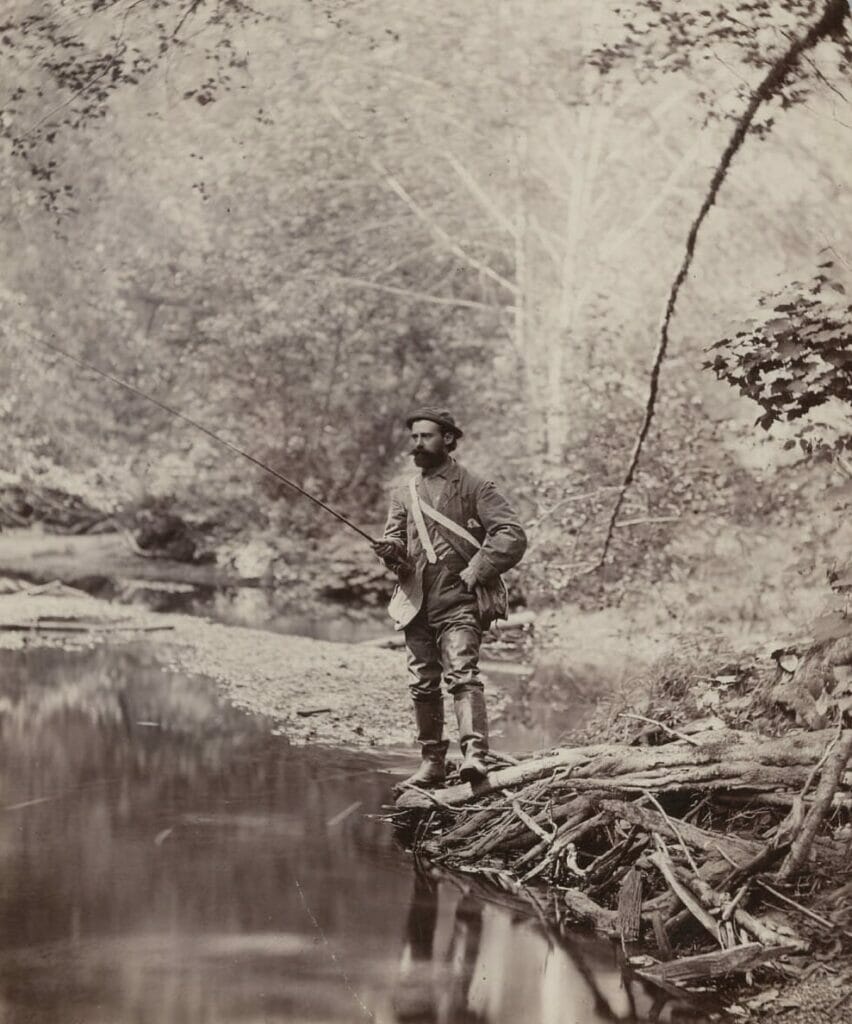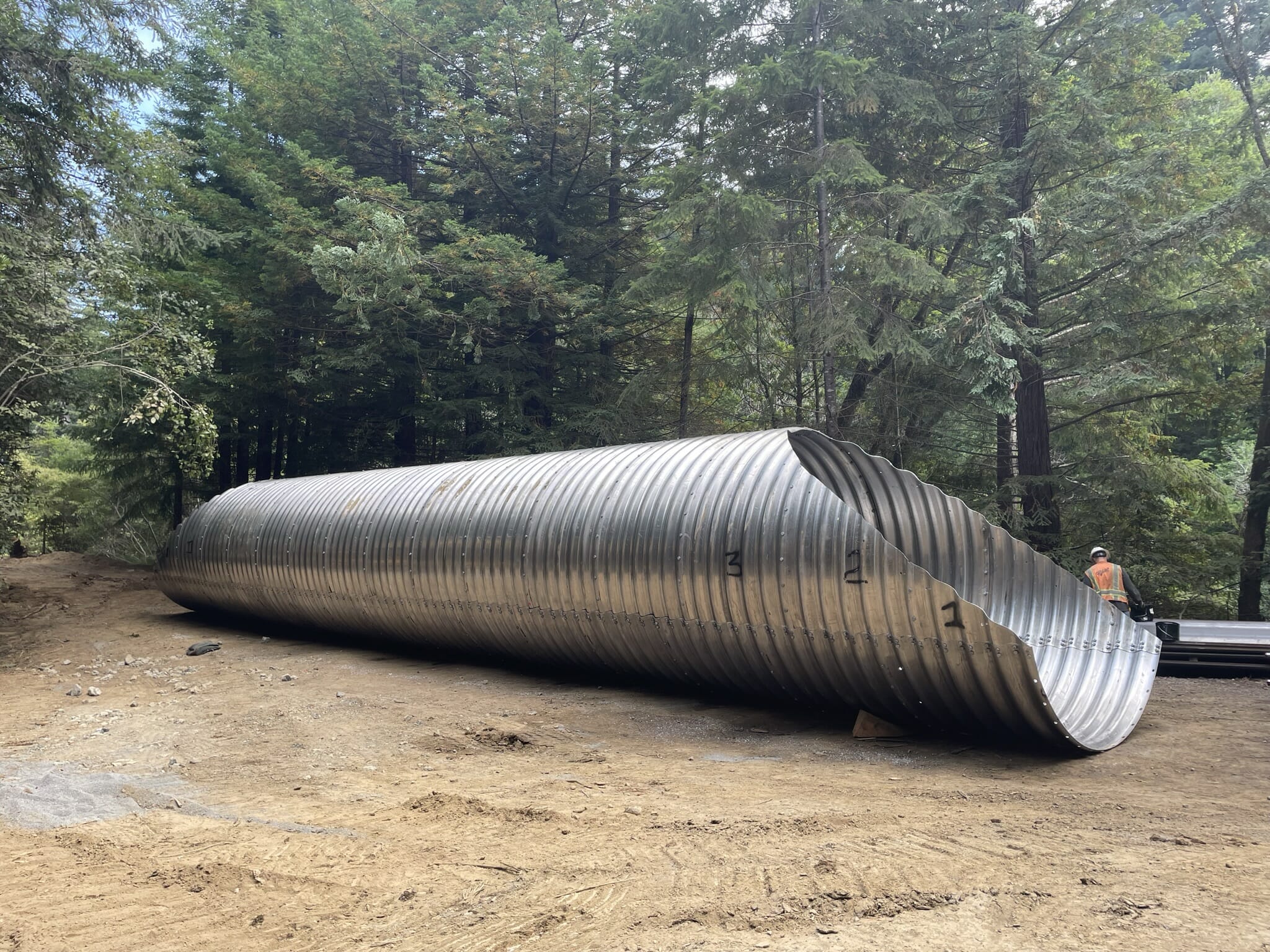“Partners in the Spotlight” award recognizes TU’s leadership in building partnerships to restore priority habitats and advance Coho recovery in California.
Trout Unlimited’s North Coast Coho Project has earned a number of accolades for its partnership-driven habitat restoration work over the past 5 years. Recently, this ground-breaking program garnered another: national recognition by the National Oceanic and Atmospheric Administration (NOAA) as one of nine Partners in the Spotlight.
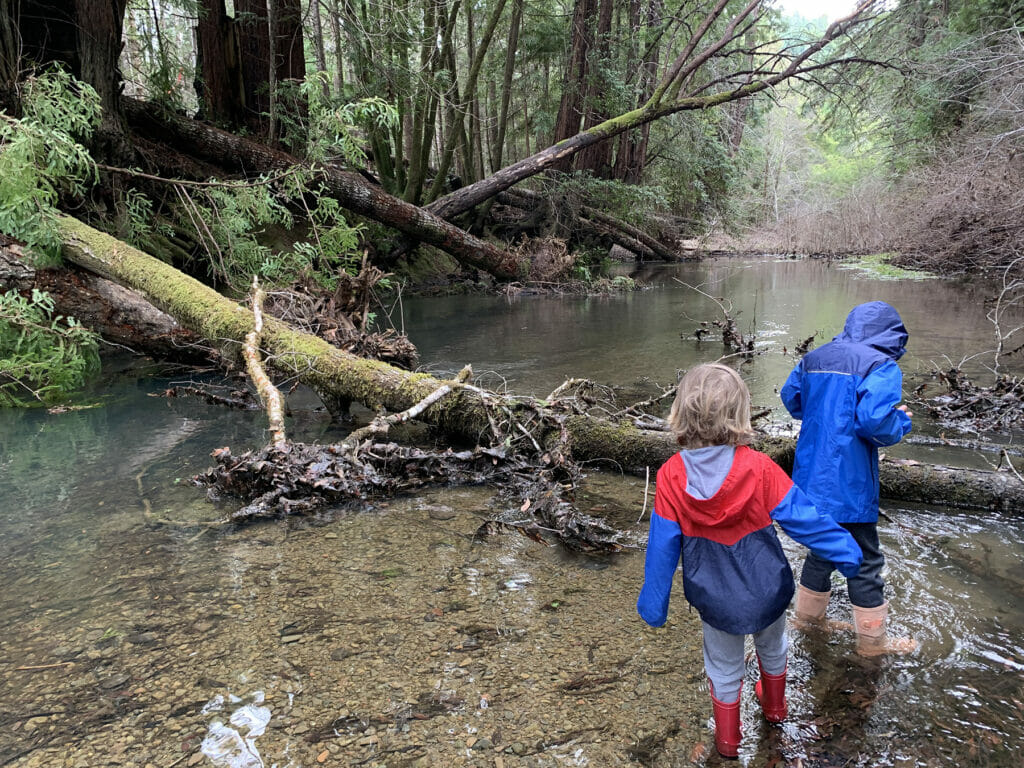
The North Coast Coho Project (NCCP) works to restore Coho salmon and steelhead populations in coastal streams from San Francisco Bay to the Mad River and other tributaries to Humboldt Bay. In partnership with timber companies, grape growers, private landowners and state and federal agencies, this program has become the largest Coho habitat restoration initiative in California.
The NCCP’s conservation formula has produced some jaw-dropping results.
- Fish passage restored to more than 70 miles of stream habitat.
- 569 miles of old forest roads improved or removed.
- 7,300 pieces of large wood installed in more than 130 miles of stream.
- 71,000 full dump trucks’ worth of sediment kept out of priority recovery waters for Coho and steelhead.
While the NCCP’s restoration work is primarily focused on Coho, steelhead also benefit, as these species share habitat in many stream systems here. Well-known steelhead fisheries that have benefitted from the NCCP’s conservation efforts include the South Fork Eel River, the Van Duzen River and the Garcia and Navarro Rivers.
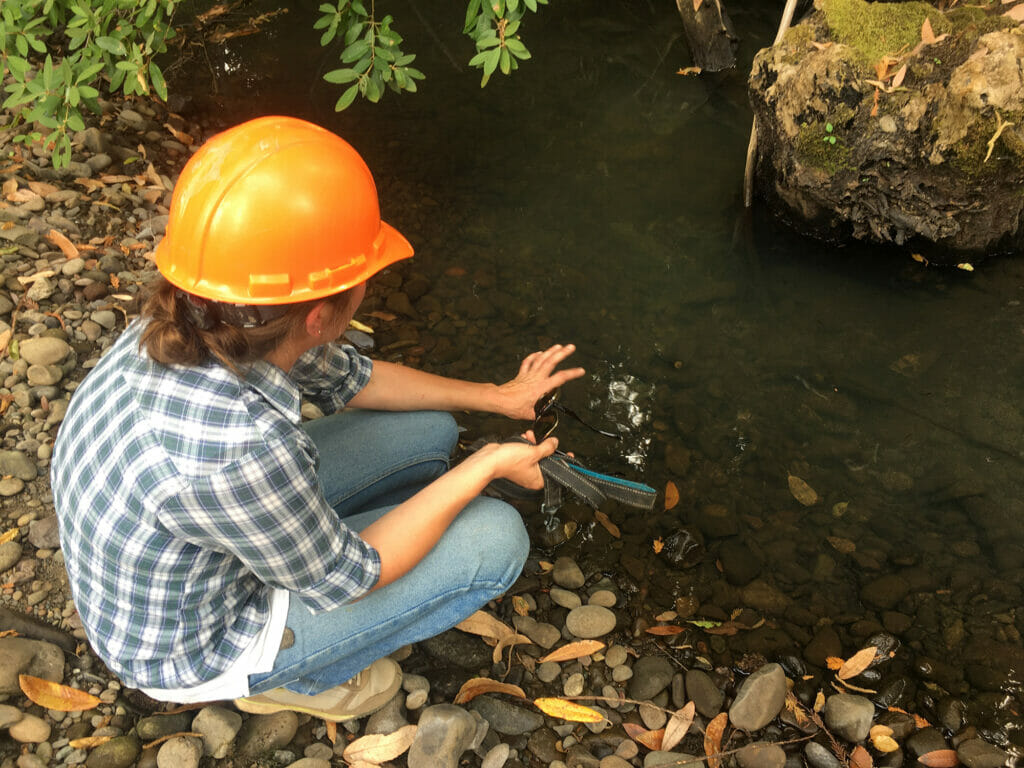
Anna Halligan, manager of the NCCP, said, “We are really touched by this Partners in the Spotlight award. We are so grateful to the NOAA Restoration Center – they have been incredibly inclusive, collaborative, and supportive of our work. We simply wouldn’t be able to work at our current pace and scale without their technical and financial support. Partnerships are the foundation of our program, and our NOAA partnership is a pillar of our salmonid recovery work.”
Halligan said the NCCP’s Dry Dock Project, on the Big River on the Mendocino Coast, is a good example of the kind of innovative restoration work TU is doing in partnership with NOAA’s Restoration Center. This project is a fish passage infrastructure and off-channel habitat improvement project on California State Parks land. The project, among other benefits, will restore tidal hydrology to the mouth of Dry Dock Gulch which drains into the eight-mile-long estuarine section of the Big River.
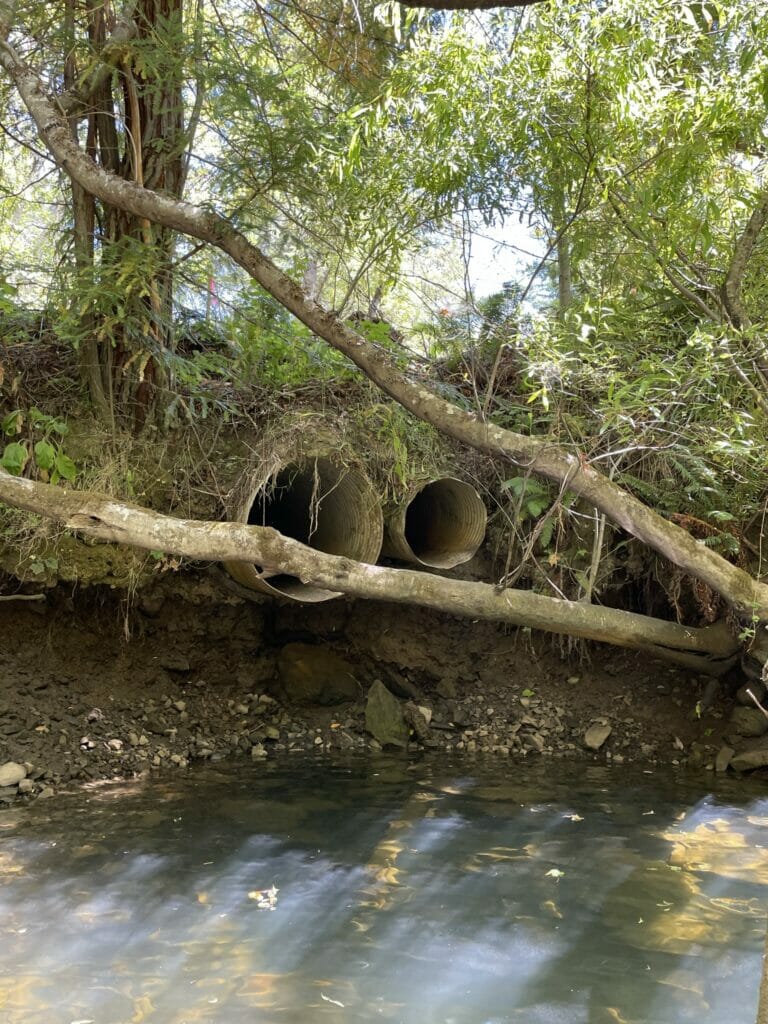
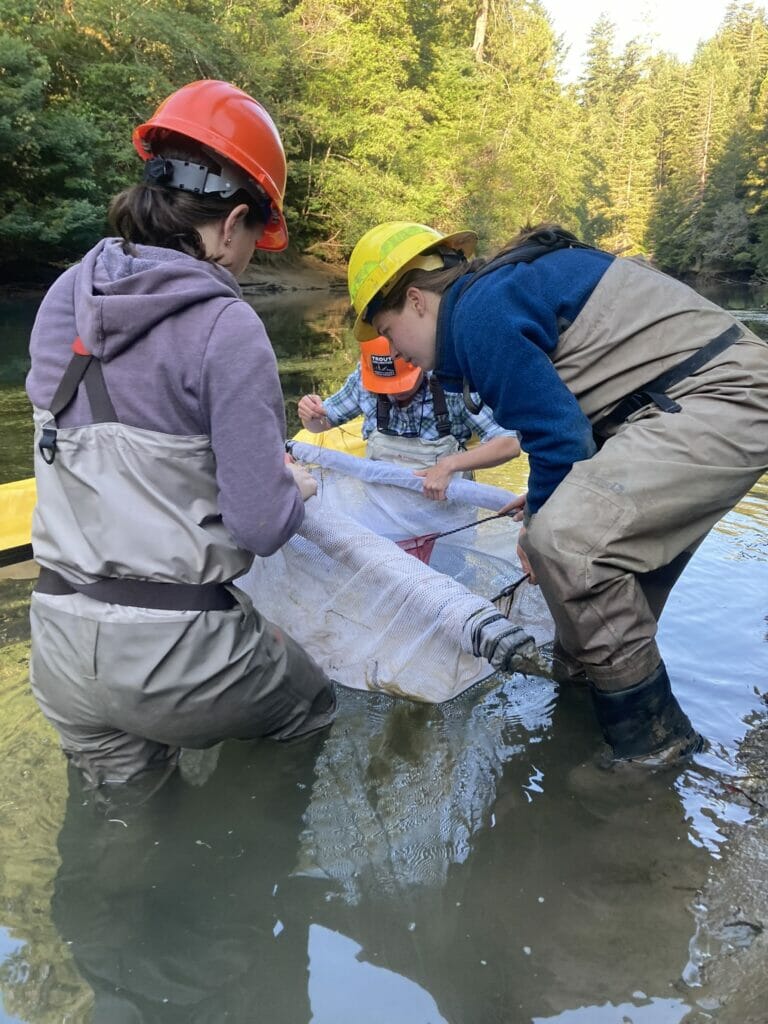
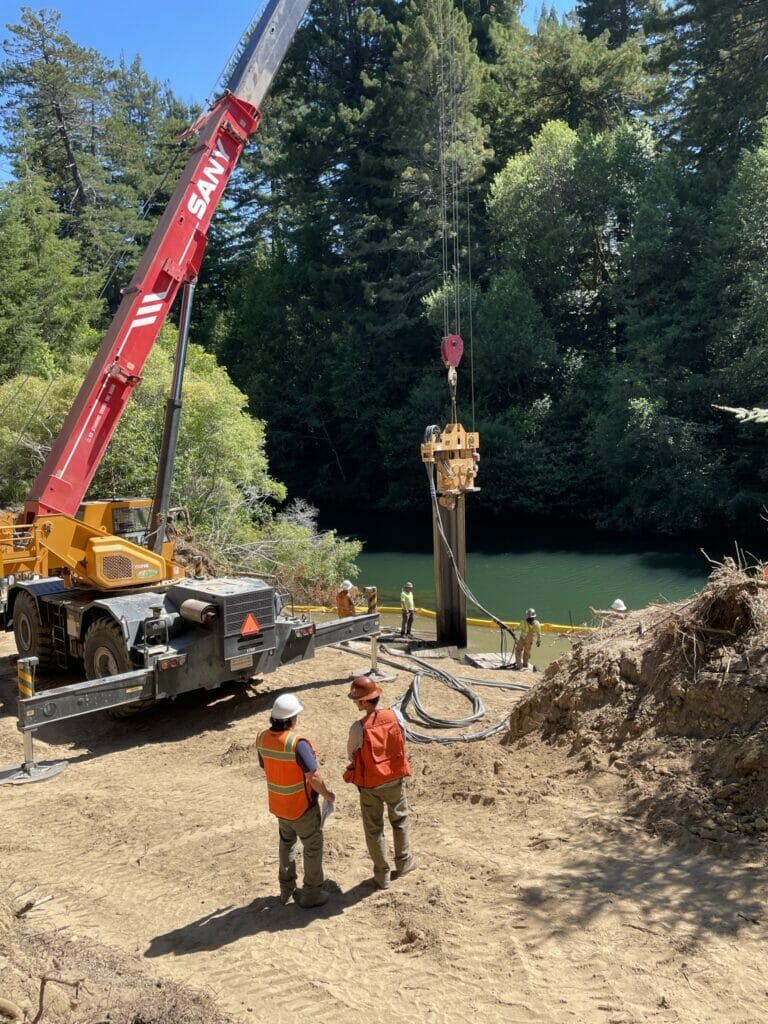
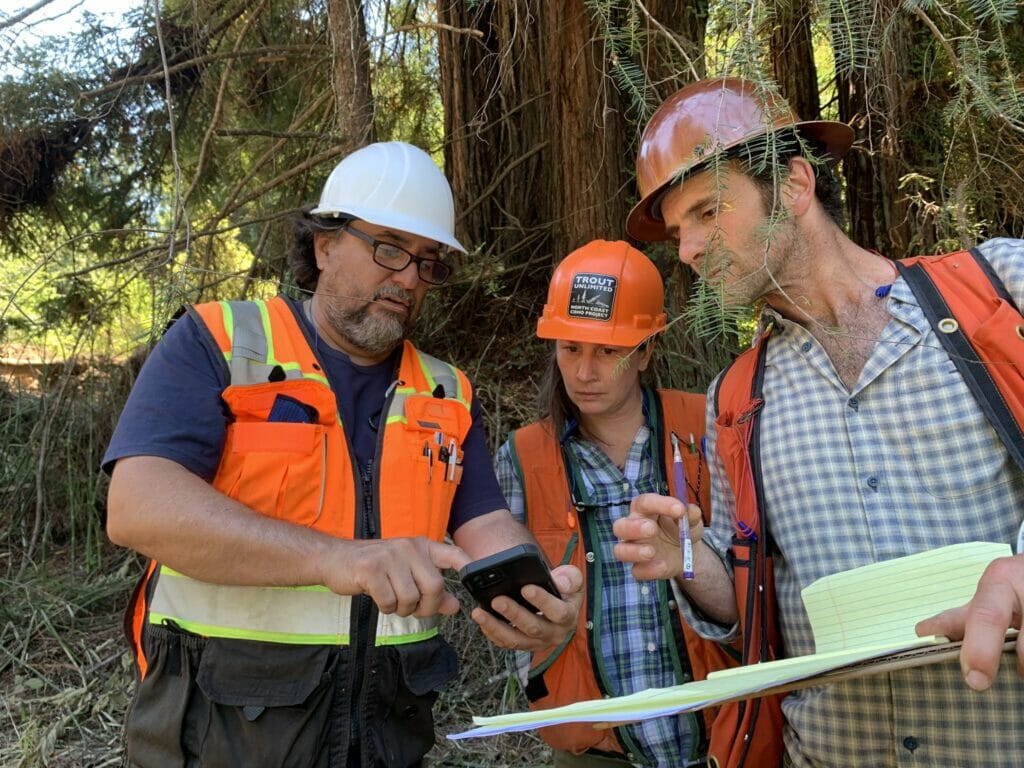
The Dry Dock project replaces an undersized culvert at risk of failure and restores access to high quality spawning and rearing habitat. The project also enhances alcove habitat to help shelter juvenile salmon and steelhead as they migrate out of freshwater into brackish and marine environments.
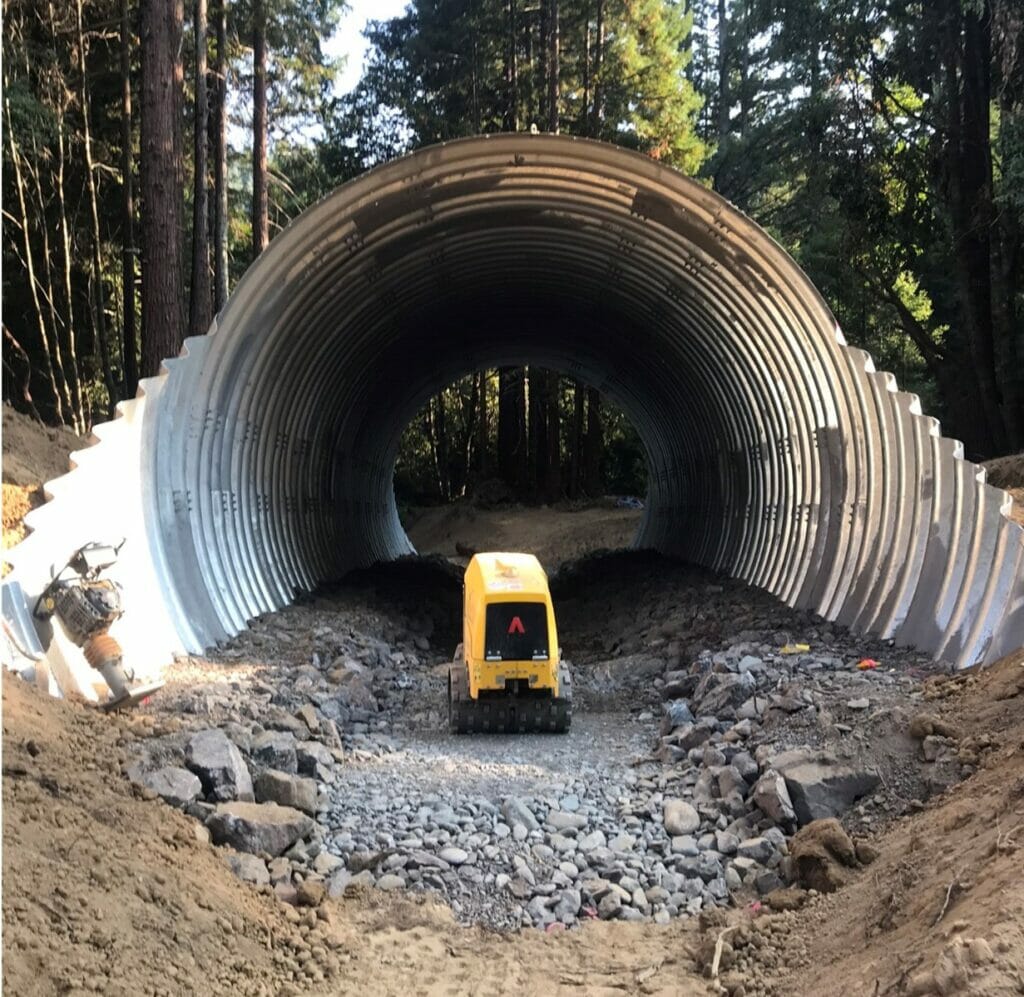
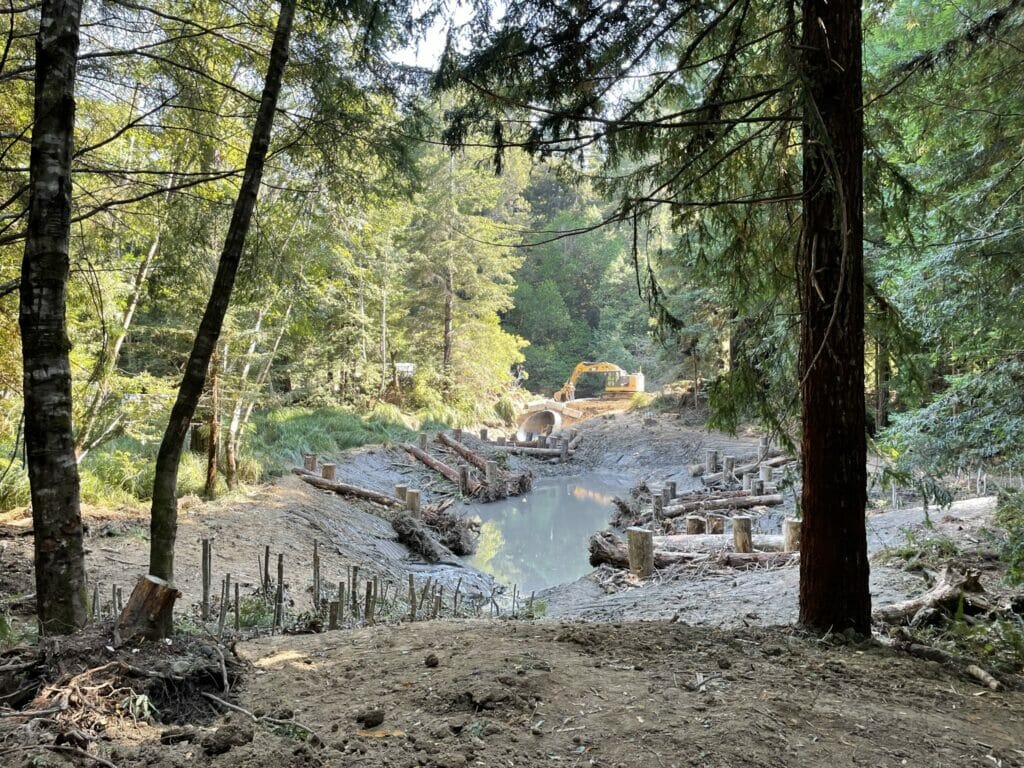
Funding through the Bipartisan Infrastructure Law and the Pacific Salmon Recovery Fund made this project possible.
In its Partners award announcement, the NOAA Restoration Center salutes the breadth of the NCCP’s work: assessing watershed conditions, developing and implementing projects to reduce sediment delivery to streams, installing large wood to provide cover and diversify instream habitat, and removing fish passage barriers. The award also highlights the benefits of the NCCP’s work for local economies through job creation to support and implement watershed assessments, restoration construction and fisheries population monitoring.
The award announcement adds, “The NCCP’s ability to foster new and strengthen existing partnerships with public and private landowners in Mendocino, Sonoma and Marin counties has accelerated progress on key actions identified in the 2021-2025 Priority Action Plan and CCC Coho Salmon Recovery Plan. The NCCP team has been instrumental in moving habitat restoration forward, and their ability to form diverse partnerships has been key in Central California Coast coho salmon recovery efforts.”
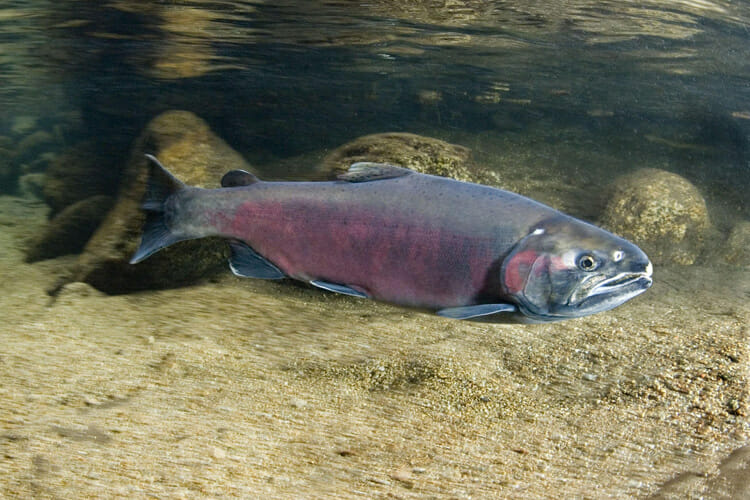
Since 2008, the NCCP has raised and leveraged nearly $25 million for habitat restoration for over 75 individual projects, including $6 million in grant funding through the Bipartisan Infrastructure Law, Restoring Fish Passage through Barrier Removal funding opportunity.
This funding will support the removal of nine high priority fish passage barriers in Mendocino County by constructing seven projects and designing two additional projects.
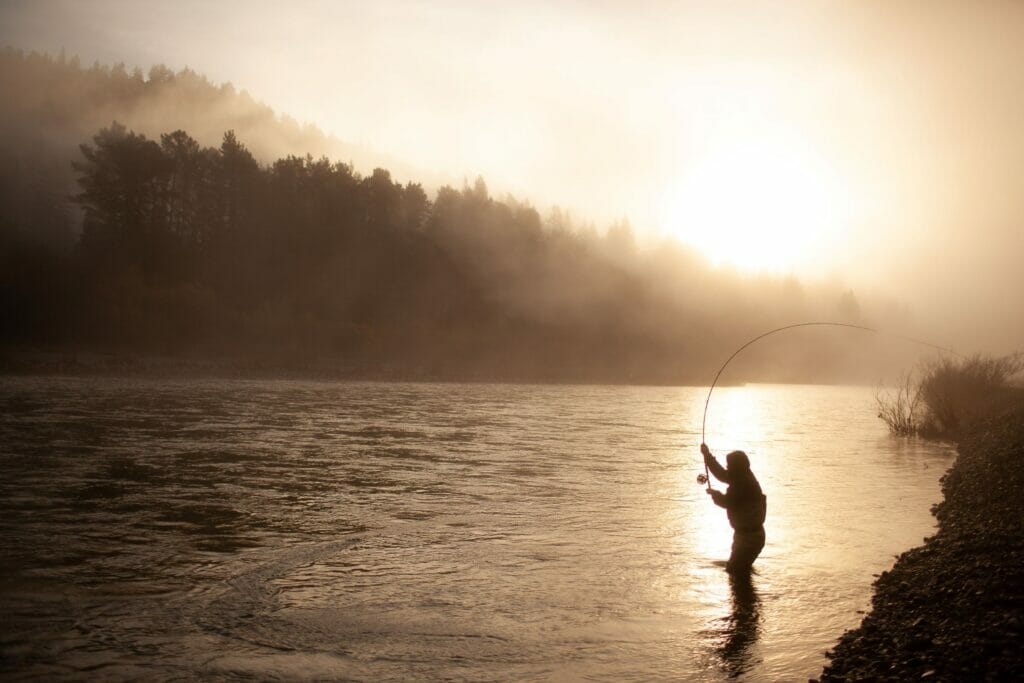
NOAA Fisheries’ Species in the Spotlight initiative was launched in 2015 to halt declines and stabilize populations of species most at-risk of extinction in the near future. The species-specific priority action plans “are part of a strategy to focus resources within and outside of NOAA, guide agency actions where we have discretion to make investments, increase public awareness and support for these species, and expand partnerships.”
To learn more about or donate to TU’s North Coast Coho Project, click the link.
